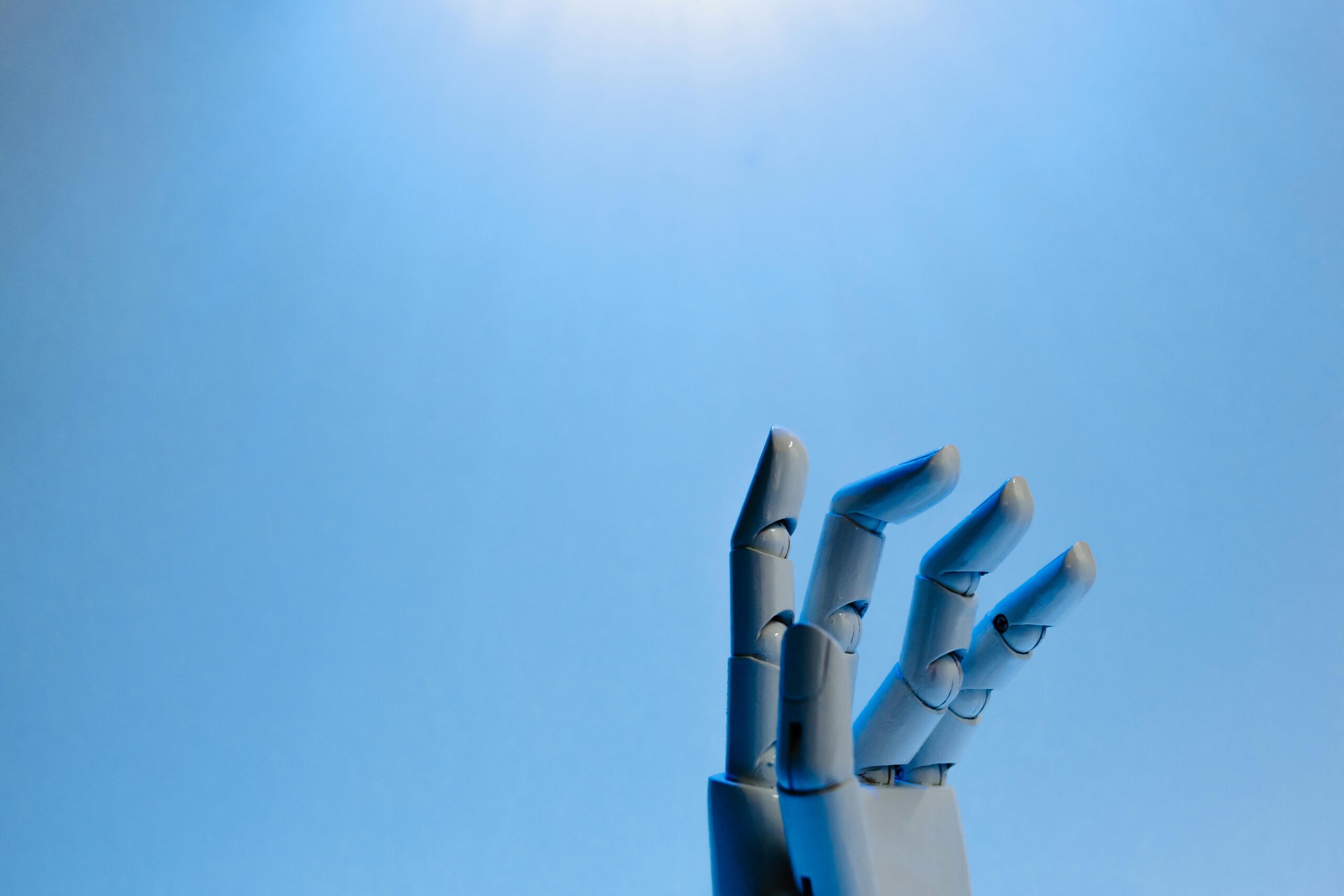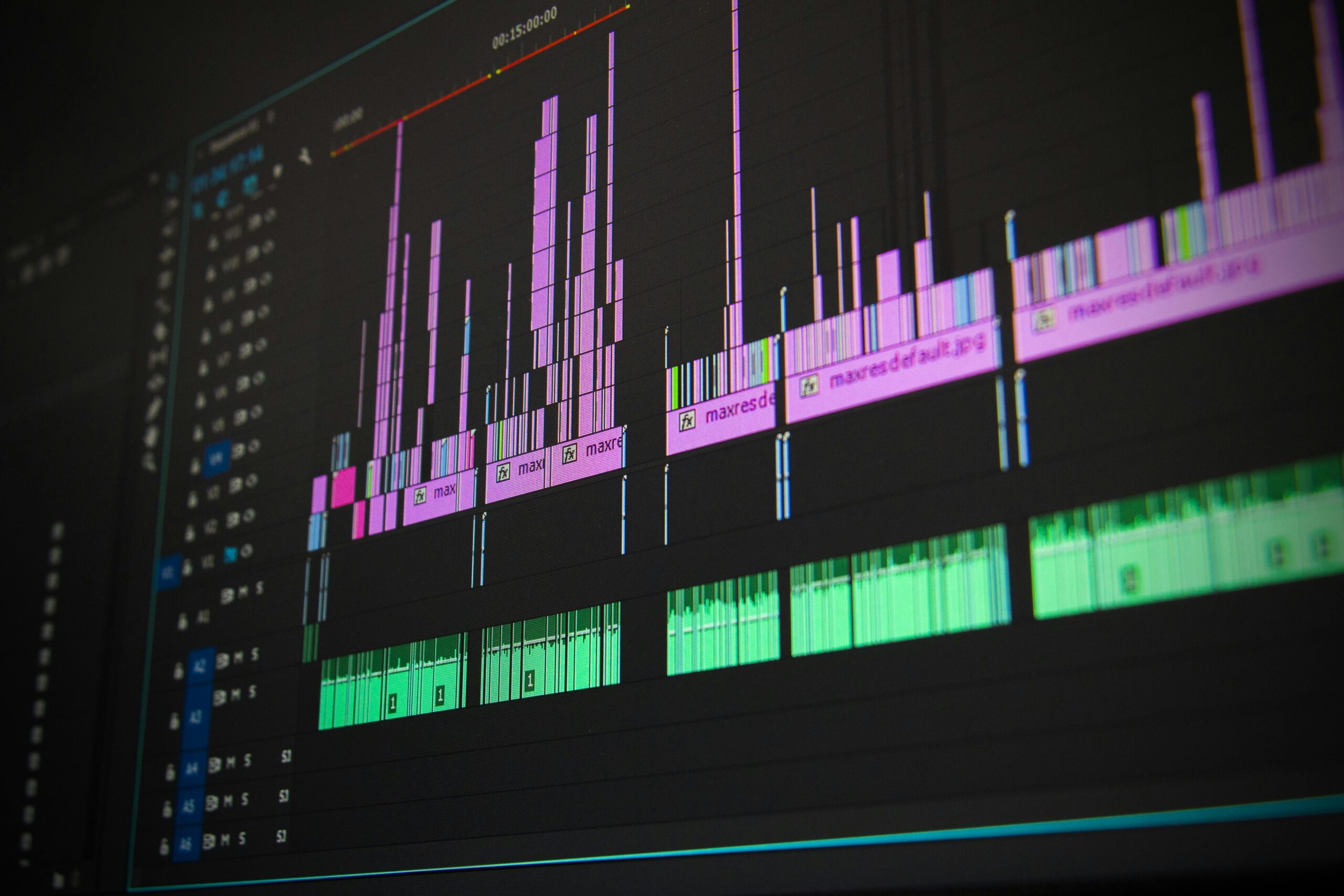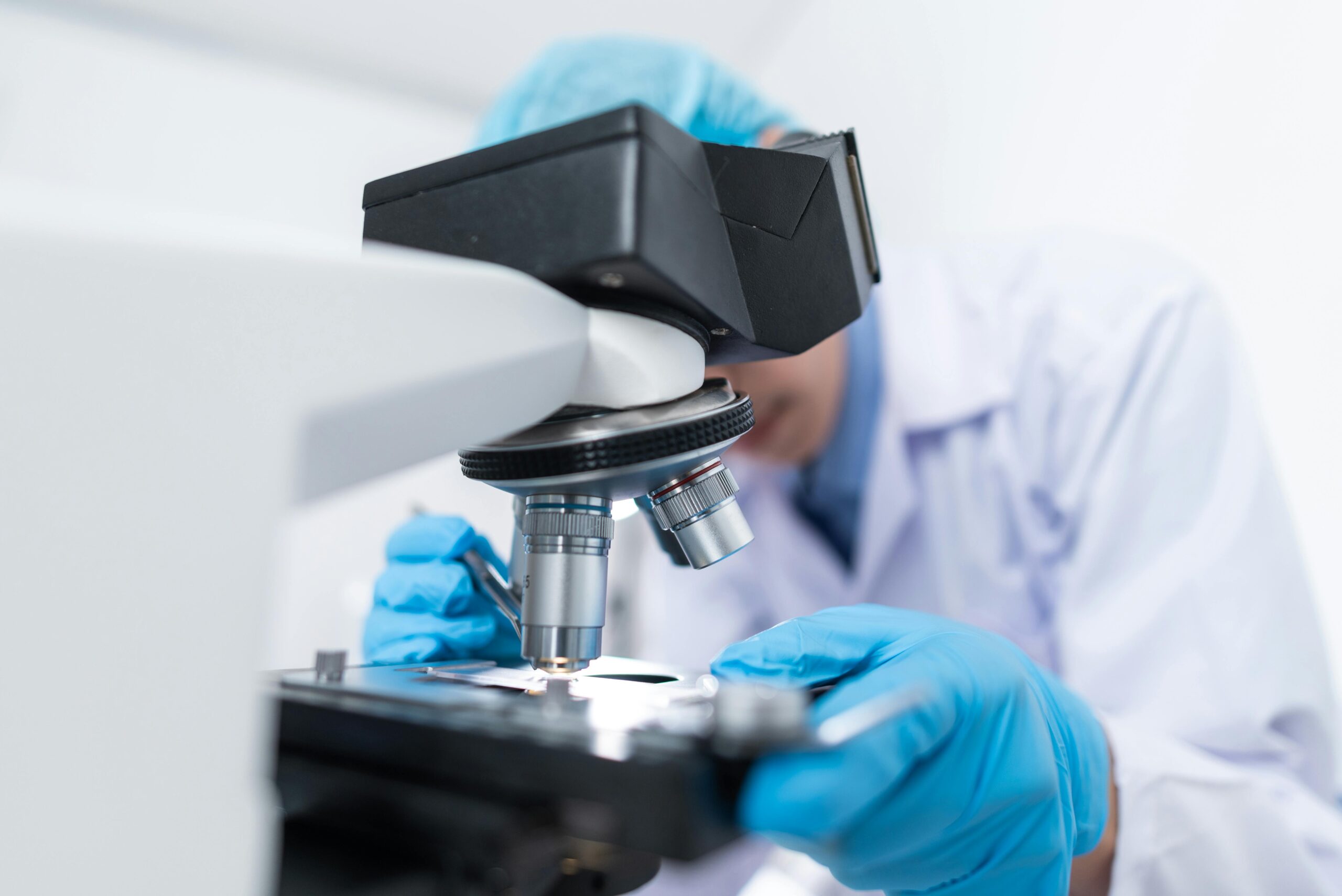The convergence of biology, engineering, and technology is ushering in an unprecedented era of medical innovation that promises to redefine healthcare as we know it.
Tissue engineering and organ biofabrication represent revolutionary frontiers in regenerative medicine, offering hope to millions of patients worldwide awaiting organ transplants. These cutting-edge disciplines are not merely incremental improvements to existing treatments—they represent a fundamental paradigm shift in how we approach healing, restoration, and the preservation of human life. As we stand at the threshold of this medical revolution, understanding the mechanisms, possibilities, and implications of these technologies becomes essential for healthcare professionals, policymakers, and society at large.
🧬 The Foundation: Understanding Tissue Engineering Fundamentals
Tissue engineering emerged as a distinct scientific discipline in the late 1980s, combining principles from cell biology, materials science, and engineering to create biological substitutes that restore, maintain, or improve tissue function. The fundamental concept involves three essential components: cells, scaffolds, and growth factors—often referred to as the tissue engineering triad.
The process begins with harvesting cells from a patient or donor, expanding them in controlled laboratory conditions, and seeding them onto biocompatible scaffolds that provide structural support. These scaffolds, made from natural or synthetic materials, gradually degrade as the cells proliferate and produce their own extracellular matrix, essentially building new tissue from the ground up.
What makes tissue engineering particularly promising is its potential to address the critical shortage of donor organs. Currently, thousands of patients die each year while waiting for transplants, and many more suffer from organ failure without ever making it onto transplant lists. Biofabricated tissues and organs could theoretically eliminate these waiting lists entirely.
🔬 Bioprinting: The Game-Changing Technology
Three-dimensional bioprinting has emerged as one of the most exciting technologies in organ biofabrication. Similar to conventional 3D printing, bioprinters deposit layers of material to create three-dimensional structures. However, instead of plastic or metal, these printers use “bioinks” composed of living cells, growth factors, and biomaterials.
Several bioprinting techniques have been developed, each with distinct advantages. Inkjet bioprinting offers high speed and precision, extrusion bioprinting provides versatility with various bioink viscosities, and laser-assisted bioprinting delivers exceptional resolution for creating intricate tissue architectures. Stereolithography-based approaches use light to cure photosensitive bioinks layer by layer, enabling the creation of complex geometries with remarkable accuracy.
Research laboratories worldwide have successfully bioprinted various tissues, including skin, cartilage, bone, and even simplified versions of organs like kidneys and hearts. While these printed organs are not yet ready for transplantation, they serve valuable purposes in drug testing, disease modeling, and advancing our understanding of organ development and function.
Overcoming Technical Challenges in Bioprinting
Despite remarkable progress, significant technical hurdles remain. Creating functional vascular networks within bioprinted organs represents one of the most critical challenges. Organs require intricate blood vessel systems to deliver oxygen and nutrients to cells throughout the tissue. Without adequate vascularization, bioprinted tissues cannot grow beyond a few millimeters in thickness before cells in the center begin to die.
Researchers are exploring innovative solutions, including printing sacrificial materials that create channels for blood vessels, incorporating endothelial cells that naturally form vascular networks, and using microfluidic techniques to guide vessel formation. Some teams are even investigating the possibility of using existing blood vessels from decellularized organs as templates for new vascular networks.
🫀 From Simple Tissues to Complex Organs
The journey from engineering simple tissues to creating fully functional organs represents a progression of increasing complexity. Early successes in tissue engineering focused on relatively simple structures like skin and cartilage, which lack the complex vascular networks and multiple cell types found in solid organs.
Engineered skin has already made the transition from laboratory to clinic, with several products approved for treating burns and chronic wounds. These skin substitutes, while not perfect replicas of natural skin, provide crucial temporary coverage that promotes healing and reduces scarring. Similarly, engineered cartilage shows promise for repairing joint damage and reconstructing structures like ears and noses.
The next tier of complexity involves hollow organs like bladders and tracheas. Clinical trials have demonstrated the feasibility of implanting tissue-engineered bladders grown from patients’ own cells, eliminating rejection concerns. Tracheal transplants using decellularized scaffolds seeded with patient cells have saved lives, though long-term outcomes remain under investigation.
The Ultimate Challenge: Solid Organ Fabrication
Solid organs like hearts, kidneys, and livers represent the ultimate challenge in organ biofabrication. These organs contain multiple specialized cell types arranged in precise three-dimensional architectures, integrated with complex vascular and nervous systems, and performing sophisticated biochemical functions.
Kidneys alone contain over 20 different cell types organized into structures that filter blood, regulate electrolytes, and produce hormones. Replicating this complexity requires not just placing cells in the right positions but ensuring they develop proper functional relationships and respond appropriately to physiological signals.
Current strategies include building organs piece by piece, creating functional units that can be assembled into larger structures, and using decellularized donor organs as scaffolds that provide the correct architectural blueprint for reseeding with patient cells. Each approach has yielded promising results in animal models, bringing us incrementally closer to the goal of transplantable bioengineered organs.
🧪 Stem Cells: The Building Blocks of Regeneration
Stem cells have revolutionized tissue engineering by providing a virtually unlimited source of cells that can differentiate into any tissue type. Embryonic stem cells, induced pluripotent stem cells (iPSCs), and adult stem cells each offer unique advantages for biofabrication applications.
iPSC technology, recognized with a Nobel Prize in 2012, enables scientists to reprogram adult cells back to an embryonic-like state, from which they can be directed to become any cell type in the body. This breakthrough eliminates ethical concerns associated with embryonic stem cells while providing patient-specific cells that won’t be rejected by the immune system.
Researchers have successfully differentiated stem cells into cardiomyocytes (heart muscle cells), hepatocytes (liver cells), neurons, pancreatic beta cells, and numerous other specialized cell types. These differentiated cells serve as the cellular building blocks for tissue engineering and organ biofabrication efforts.
🏥 Clinical Applications and Current Success Stories
While fully functional bioengineered organs remain a future goal, numerous tissue-engineered products have already reached clinical application, improving countless lives. Understanding these successes provides insight into the path forward for more complex organs.
- Skin substitutes: FDA-approved products like Apligraf and Dermagraft treat diabetic ulcers and burns, accelerating healing and reducing infection risk.
- Cartilage repair: Autologous chondrocyte implantation involves harvesting a patient’s cartilage cells, expanding them in culture, and reimplanting them to repair joint damage.
- Bone grafts: Engineered bone scaffolds combined with growth factors and cells promote healing of complex fractures and defects.
- Vascular grafts: Tissue-engineered blood vessels serve as replacements for damaged arteries and as conduits for dialysis access.
- Heart valves: Decellularized and bioengineered heart valves offer alternatives to mechanical or animal-derived valves, particularly for pediatric patients who need valves that can grow.
These clinical successes validate the fundamental principles of tissue engineering while highlighting the challenges that must be overcome to achieve more ambitious goals. Each successful application provides valuable lessons about cell behavior, immune responses, mechanical properties, and integration with host tissues.
💡 Emerging Technologies Accelerating Progress
Recent technological advances are exponentially accelerating progress in tissue engineering and organ biofabrication. Artificial intelligence and machine learning algorithms now optimize bioprinting parameters, predict cell behavior, and design scaffold architectures with unprecedented precision. These computational tools analyze vast datasets from previous experiments to identify patterns and relationships that would be impossible for humans to detect.
Advanced imaging techniques, including high-resolution microscopy and real-time monitoring systems, allow researchers to observe cellular processes during tissue development. This visibility enables rapid troubleshooting and optimization of fabrication protocols, compressing development timelines that previously spanned years into months or even weeks.
Microfluidic organ-on-chip devices represent another transformative technology. These miniaturized systems recreate the microenvironment of specific organs, enabling detailed studies of organ function, disease processes, and drug responses. While not intended for transplantation, organs-on-chips serve as powerful research tools and may reduce dependence on animal testing.
Biomaterials Innovation
The development of novel biomaterials is fundamentally enabling new approaches to tissue engineering. Smart materials that respond to biological signals, self-healing polymers that repair damage autonomously, and nanostructured scaffolds that mimic the natural extracellular matrix are expanding the toolkit available to tissue engineers.
Hydrogels—water-swollen polymer networks—have emerged as particularly versatile materials for tissue engineering. Their tunable mechanical properties, biocompatibility, and ability to encapsulate cells make them ideal for bioprinting applications. Recent innovations include hydrogels that change properties in response to temperature, pH, or light, enabling dynamic control over the cellular microenvironment.
🌍 Ethical Considerations and Regulatory Pathways
As tissue engineering and organ biofabrication advance toward clinical reality, ethical and regulatory considerations become increasingly important. Questions about access, affordability, and equity must be addressed to ensure these transformative technologies benefit all of humanity rather than exclusively serving privileged populations.
The regulatory pathway for bioengineered organs remains complex and evolving. Traditional frameworks for evaluating medical devices or pharmaceuticals don’t perfectly fit products that are simultaneously biological, structural, and functional. Regulatory agencies worldwide are developing new guidelines specifically for regenerative medicine products, balancing the need for safety and efficacy with the urgency of addressing unmet medical needs.
Ethical debates also surround the source of cells used in tissue engineering. While patient-derived cells avoid rejection issues, some applications may require cells from other sources. The use of animal cells, embryonic stem cells, or cells from cadaveric donors raises distinct ethical questions that societies must address through informed public discourse.
🚀 The Road Ahead: Future Possibilities
The future of tissue engineering and organ biofabrication extends far beyond simply replacing damaged organs. Researchers envision enhanced organs with improved functionality, biological sensors that detect disease early, and even the possibility of slowing or reversing aging processes at the tissue level.
Personalized medicine will reach new heights as bioengineered tissues tailored to individual patients become routine. Cancer treatments could involve creating patient-specific tumor models to test multiple therapies simultaneously, identifying the most effective approach before beginning treatment. Drug development would be revolutionized by testing compounds on bioengineered human tissues rather than animal models, improving prediction of human responses.
Long-term space exploration presents unique challenges that tissue engineering may help address. The ability to biofabricate tissues and organs on-demand would eliminate the need to transport blood products and organs on long-duration missions, while engineered tissues might provide protection against radiation or help astronauts adapt to different gravitational environments.
Integration with Other Revolutionary Technologies
The convergence of tissue engineering with other emerging technologies promises synergistic advances. Gene editing tools like CRISPR could correct genetic defects in cells before using them for tissue fabrication, eliminating inherited diseases at the source. Nanotechnology may enable cell-level monitoring and intervention within bioengineered tissues, providing unprecedented control over tissue development and function.
Brain-computer interfaces combined with bioengineered neural tissues could restore function after spinal cord injuries or neurological diseases. Bioprinted tissues integrated with electronic components might create hybrid biological-electronic systems with capabilities exceeding natural tissues.
🎯 Transforming Healthcare Economics and Access
Beyond the obvious medical benefits, widespread adoption of tissue engineering and organ biofabrication would fundamentally transform healthcare economics. The cost of managing chronic organ failure far exceeds the cost of transplantation, but organ scarcity limits access to this more cost-effective treatment.
Bioengineered organs could eliminate waiting lists, reduce long-term healthcare costs, and return patients to productive lives more quickly. The economic impact would extend beyond healthcare to broader society as individuals previously disabled by organ failure rejoin the workforce and contribute to their communities.
However, ensuring equitable access remains a critical challenge. Initial costs for bioengineered organs will likely be high, potentially limiting access to wealthy individuals or developed nations. Deliberate efforts to develop scalable, cost-effective manufacturing processes and equitable distribution systems will be essential to realize the full societal benefit of these technologies.

🔮 Preparing for the Bioengineered Future
As tissue engineering and organ biofabrication transition from laboratory curiosities to clinical realities, healthcare systems, medical professionals, and societies must prepare for the changes ahead. Medical education must evolve to include training in regenerative medicine, bioengineering principles, and the unique considerations for managing patients with bioengineered tissues and organs.
Infrastructure investments in biomanufacturing facilities, quality control systems, and distribution networks will be necessary to support widespread clinical deployment. Regulatory frameworks must balance innovation with patient safety, enabling rapid translation of promising technologies while maintaining rigorous standards.
Public understanding and acceptance of these technologies will ultimately determine their success. Education initiatives that explain the science, address concerns, and foster informed dialogue will help society navigate the ethical and practical implications of this health revolution.
The future of medicine is being written today in research laboratories and clinical trials around the world. Tissue engineering and organ biofabrication represent not just incremental improvements but a fundamental reimagining of healthcare possibilities. As these technologies mature, they promise to alleviate suffering, extend healthy lifespans, and transform our relationship with our own biology. The revolution in regenerative medicine is not a distant dream—it is unfolding now, shaped by scientists, engineers, clinicians, and policymakers working together to create a healthier tomorrow for all of humanity. The question is no longer whether this future will arrive, but how quickly we can realize its full potential while ensuring its benefits reach everyone who needs them.
Toni Santos is a biotechnology storyteller and molecular culture researcher exploring the ethical, scientific, and creative dimensions of genetic innovation. Through his studies, Toni examines how science and humanity intersect in laboratories, policies, and ideas that shape the living world. Fascinated by the symbolic and societal meanings of genetics, he investigates how discovery and design co-exist in biology — revealing how DNA editing, cellular engineering, and synthetic creation reflect human curiosity and responsibility. Blending bioethics, science communication, and cultural storytelling, Toni translates the language of molecules into reflections about identity, nature, and evolution. His work is a tribute to: The harmony between science, ethics, and imagination The transformative potential of genetic knowledge The shared responsibility of shaping life through innovation Whether you are passionate about genetics, biotechnology, or the philosophy of science, Toni invites you to explore the code of life — one discovery, one cell, one story at a time.




